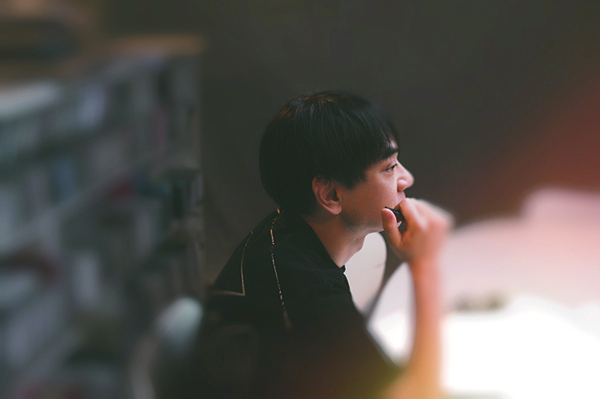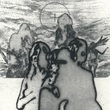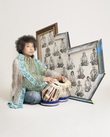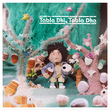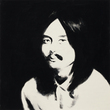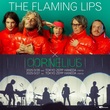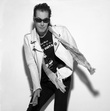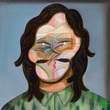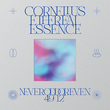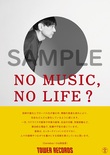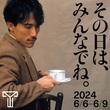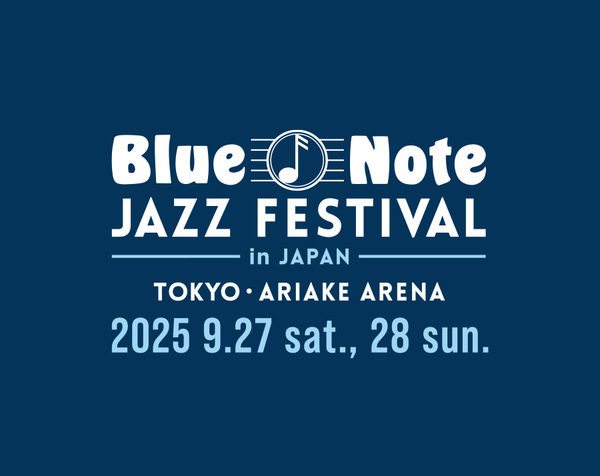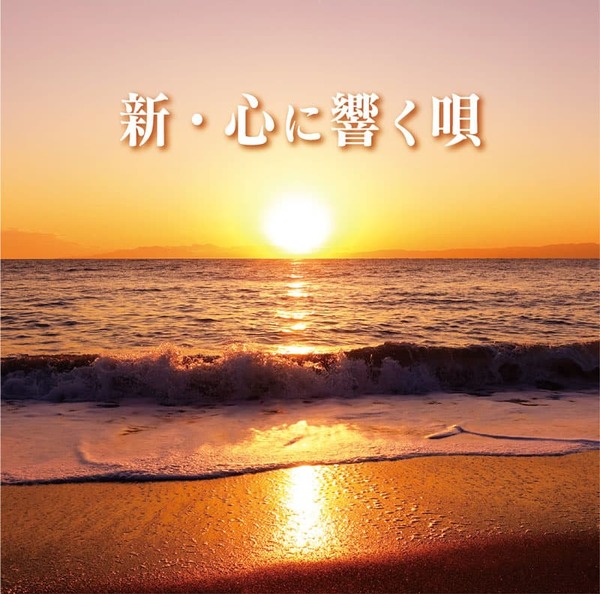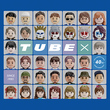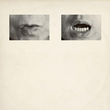Mellow Waves to Ripple Waves – Cornelius, updated
Among current performances of Cornelius, “art exhibition presentations” are distinctive. “Tanikawa Shuntaro” at Tokyo Opera City Art Gallery, “Design Ah! Exhibition in Tokyo 2018” at Miraikan, “Audio Architecture” Exhibition at 21_21 Design Sight, all these are the latest exhibitions of the Cornelius, which have been designed, (or architected) based on independent themes and concepts respectably. At some of these exhibitions, Cornelius tries multi-channel audio-visual installation and visual presentations of his music by visual artists. And in other cases, he directs and designs soundscapes for the exhibitions, which generate a distinctive listening experience from that of the CD. Cornelius has been already recognized as the artist who has been performing experiments to go beyond the listening experience of the CD in ordinal context. Synchronizing visual footages with music on the stages, and mixing MV in surround settings are some of the advanced achievements of all his acclaimed performances.
Last year he released his own album, Mellow Waves after 11 years of silence. Since then, Cornelius has passionately worked on many varieties of projects, besides the concert tour. But suppose that you would need another 11 years for his new album coming out. You had better enjoy the installations as unpredictable gifts from Cornelius.
The exhibition “Audio Architecture" at 21_21 DESIGN SIGHT Tokyo Roppongi is hosted by the exhibition director, Yugo Nakamura, who has been developing advanced expressions of art employing high-tech in the field of web design, interface design and film. 8 artists ; Hiroaki Umeda, Keita Onishi, Ryo Orikasa, Koichiro Tsujikawa (Glassloft) x Bascule x Kitasenju Design, Kazumasa Teshigawara (Qubibi), Yoriko Mizushiri, UCNV, Euphrates (Masaya Ishikawa) + Shun Abe, have produced 8 different visual presentations based on “Audio Architecture” by Cornelius, a newly commissioned composition for the exhibition, exclusively. Each artist shows their own interpretations of this one song. All these presentations give visible forms to the invisible audio structure in its ordinal appearance, in regards music as “a structure (architecture)” assiduously designed with the sound elements of tone color, pitch, velocity and rhythm.
Layout of the exhibition “Audio Architecture” opens with visual realization of Cornelius’ live performance directed by Tetsuro Inagaki, followed by large projection space along the corridor, bending or dividing the projected image in the shape of an “L” at the corner of the wall, and its bottom (space designed by Masamichi Katayama / Wonderwall ). In this projection space, images created by 8 artists are screening one after another, accompanied by one same piece of music. This one song synchronizes with all projected images at the exhibition. So, the one sequence of the 8 visual works and live footage turns out to listen to “Audio Architecture” 9 times in a row. Maybe you could claim, “Is this a new method of brainwash?” And yet, you can buy 7 inch single of “Audio Architecture” at the exit of the hall. So at home, the endless listening to it is possible, if you want to be washed.
However, I was impressed to realize this exhibition shows a possible solution to “art exhibition presentations” with sound. More than anything, the crucial problem, concerned with Sound Art exhibition is all about interferences among generated sounds by co-exhibiting works at the exhibition. Therefore, the nature of Sound Art exhibition is its collectiveness, and collaboration among the artists, said a sound artist. I really understand that exhibition “Audio Architecture” is possible just because there is only one composer / performer with one song shared by 9 visual artists, making 9 different presentations of it.
Each presentation by 9 unique artists, based on the same song, displays their own distinctive interpretations, so you will ever get untired. All the enrolled artists are deeply involved in visual presentations such as MV, Art, Animation, Graphic Design, Advertisement, Dance, Interactive Design and Programming. 9 artists with different backgrounds are to differentiate the presentations.
“I was really worried, till I saw the presentations. You know, one song can never be enough for the entire exhibition. At the private viewing, a day before the opening, finished presentations have kicked off my anxiety. And I thought everything would work fine, then.” Yugo Nakamura wrote lyrics of “Audio Architecture”, using the pairs of words, “Time / Space”, “Sound / Silence”, “Loud / Quiet”, “Mellow / Sharp”. Those are familiar idioms for the songs of Cornelius.
“When the commission was offered, Yugo illustrated me the concept of the exhibition. I knew the title would be Audio Architecture, but it gave me a vague idea of it. So I have asked him for more keywords related to the concept. Those contrasts between words and other keywords given by him were becoming the resource for me to finish the lyrics. There are some more pairs of words given as inspirations. I picked up the words out of those and composed the lyric in accordance with the nature of the melody, and the duration of the song. Yugo knows what I usually do for my composition, and that’s why those words fit into my song or my songwriting.”
In the first room, you would see the projected live performance of Cornelius with the graphic interface of Pro Tools which shows visible sound waves of each tracks running on the mix window of Audio Architecture. As the exhibition title tells, the image coming from graphics interface of Pro Tools is giving the song by Cornelius, a visual definition of the structure (architecture) assembled by each unit of sounds, or notes. Pro Tools is the essential software in current music production process, and its graphic image of mix window of the track, projected at the exhibition space is the invisible blueprint of the song, which is usually left behind the finished product.
“Yes, that’s it. It unveils the body of the structure. But it never draws people’s attention in daily life, and no chance to look at it for them. However, it gives you details of the music, say, how the song is structured, or the timelines of each track is layered.”
The graphics interface of Pro Tools gives you the visual description of the sound located on each track along the timeline, and the whole visual perspective of the song structure. You can say it could be the blueprint of the visual images which provide the leads for 9 artists to decipher the song timeline, to make visual interpretations of it. I might as well say the balance between the sound and silence systematically located on the grid of the timeline is the signature of Cornelius Sound.
Once Cornelius, allegedly got rid of that grid in making Mellow Waves, but Audio Architecture employed the grid, again, to facilitate the collaboration with visual art, that’s what I think. However, interpretations were open to the artists, and there were no interactive communications between artists and Cornelius. But “Very unpredictable!” situation has brought about fine results. Among those, the work of Yoriko Mizushiri has come to Cornelius’s attention in this view. Her work keenly found a hidden message of his off-grid desire.
“The animated one by Mizushiri is wonderful. When you come up with the music like Audio Architecture, to make the animated presentation, the idea of the presentation is prone to fall into technotic and an optical one. But her version totally got rid of that kind, and I feel relieved to see that. She picked up only soft sound out of the music, like “Sushi”. I feel, her choice of these motives is spooky, but it’s really good. And among others, the one by the dancer, Umeda fits into the presentation site quite well. That was impressive, too.“

